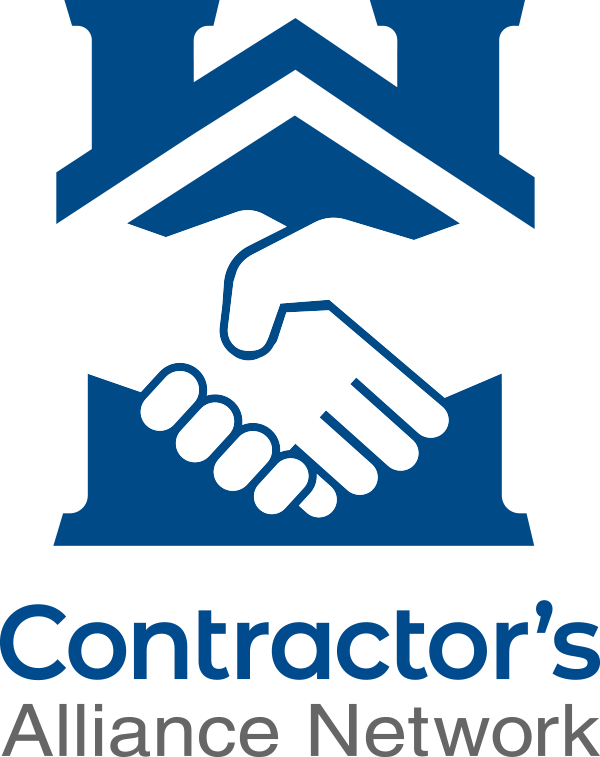16 Apr CAN Vendor Management Software – Job Status Report

“Job Status” What is it? Why does it matter? Most management systems in the restoration field provide a status or progress level for jobs, files, or tasks. CAN’s proprietary system CVM has over 20 assignment status variations. The number of status levels relevant to your company depends on the Job Types (JT) and Service Types (ST) your organization offers. Being current on the status of each loss that has been assigned and accepted by your organization is essential to achieving desired service levels and our mutual success. Of all the status levels, OPEN status is the most important. It serves as a real-time notification you have a job in production and a policy holder looking to your organization to meet or exceed expectations. This week’s Insights focus on running an assignment status, also referred to as a job status report in CVM, specifically drilling down on OPEN status. By running this report on a regular basis your organization will have the opportunity to assess:
• Where you are on the timeline you communicated with the policy holder (what are the expectations you set?)
• Where you should be (are you meeting, exceeding, or failing to meet the policy holder expectations you set?)
• Am I executing my organizations CAN Service-Level Agreement (SLA) requirements and time goals (am I in compliance?) *reference CAN Insights -Time Goals
We encourage you to set a recurring schedule to run the Job Status Report and designate a person in your organization to generate, assess, and share the data with those who can benefit from it (i.e. make it a scheduled formal process someone is responsible for). The majority of customer complaints, manager escalations, and SLA violations directly connect to a Service Provider (YOU) being unaware of the (3) bullet points above during the cycle of that loss. The most common error among those scenarios is a job in OPEN status when it should not be. Something easily preventable wreaks the most havoc on the service levels we provide to our policy holder’s. Please do not hesitate to contact us for additional training on this or any other CVM systems topic.


